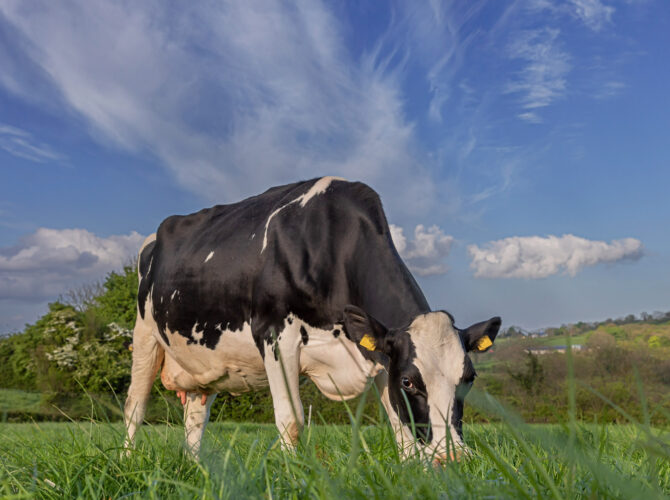The Introduction of Solid-Based Payments in Northern Ireland Dairy Farming: Benefits for the Industry
21st July 2025

In recent years, the introduction of solid-based milk payment systems has brought significant changes to the dairy industry in Northern Ireland.
At the core of this approach is the A+B−C payment structure, which rewards farmers based on the quality, rather than just the volume of milk produced. Specifically, it offers financial incentives for higher protein and fat levels, encouraging a shift toward improved milk composition.
1. Improved Farm Profitability
One of the primary benefits of solid-based payments is the potential for increased profitability. By focusing on boosting milk solids, farmers can earn more per litre, thereby enhancing overall farm income.
In a market where milk prices can be volatile, a quality-based payment system offers a more stable and often higher income stream. However, it’s crucial not to compromise milk yield. Reducing yield in pursuit of higher composition can negatively affect margin per cow. To maximise benefits, farmers must maintain volume while improving solids.
2. Nutritional Strategies to Improve Milk Solids
While factors such as genetics, stage of lactation, and milk volume all influence composition, nutritional strategies offer relatively fast and effective ways to improve milk solids.
To increase milk protein:
- Maximise overall dry matter intake (DMI)
- Increase dietary energy density:
- Raise starch and sugar levels
- Add rumen-protected fats
- Improve forage quality:
- Use secondary forages such as whole crop or maize
To increase milk fat:
- Maximise forage intakes
- Ensure sufficient neutral detergent fibre (NDF)
- Include chopped straw to balance highly digestible, leafy silages
- Consider feed additives:
- Rumen buffers
- Live yeast
- C16 fat
- Limit oil levels in the diet:
- Watch for high-oil feeds like brewers grain and fresh grass, which can reduce milk fat.
3. Optimising Forage Quality
Producing high-quality forage is fundamental to efficient milk production and maintaining rumen health. Forage with a high digestibility (D-value) provides greater intake potential and increased metabolisable energy per kg of dry matter, both key for boosting milk solids.
However, lush forages can be low in structural fibre. Balancing them with chopped straw or secondary forages is often necessary to support rumen function and optimise performance.
4. Strategic Use of C16 Fat
Palmitic acid (C16:0) has gained attention for its impact on milk fat production. While it was previously considered too costly, under solid-based payment models, its inclusion can now be profitable.
Farm-specific analysis is important, but in general:
- A 0.2–0.25% increase in milk fat is enough to justify the investment
- On many farms, C16 inclusion has led to improvements of around 0.3% in milk fat, along with increased yield due to the added dietary energy
- These inclusions are better tailored through the blend to ensure a targeted approach and a more precise allocation per cow. Within our modern milling facilities this ensures for maximum consistency.
5. Conclusion
Solid-based milk payment systems represent a positive shift for dairy producers in Northern Ireland. By rewarding milk quality, these systems incentivise better nutrition, herd management, and long-term profitability, supporting a more resilient and sustainable dairy industry.
To discuss how you can achieve maximum return speak to your local Fane Valley Feeds Advisor or give us a call on 028 8224 3221

